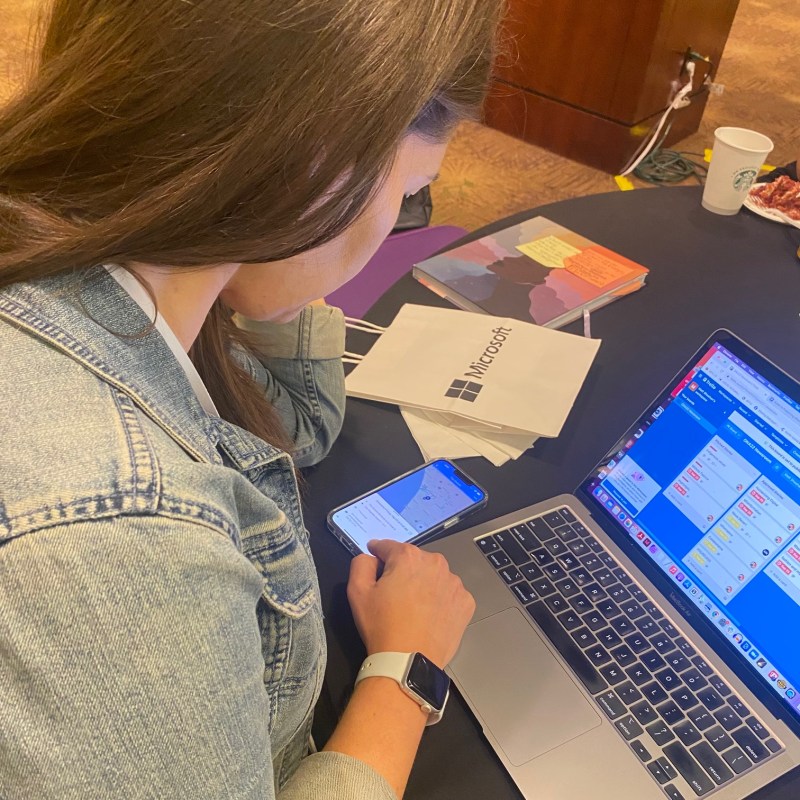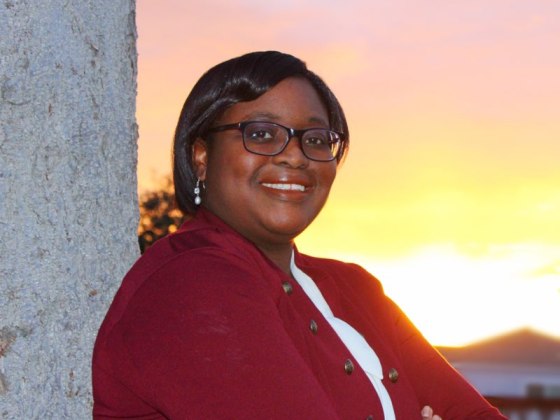In the age of social media, virtually anyone with a smartphone becomes a reporter, giving some the ability to explore journalism while creating a biased medium for others to spew rhetoric and re-share graphics that fit their confirmation bias.
Disinformation. Misinformation. These are common terms we hear today in reference to graphics and social media posts shared online. But what do these terms mean?
Claire Wardle of First Draft describes disinformation as: “content that is intentionally false and designed to cause harm,” whereas Wardle describes misinformation as “false content, but the person sharing doesn’t realize that it is false or misleading.” Terms like “fake news” are derivative of this incredibly harmful phenomenon.
How do journalists combat misinformation and disinformation? We posed that question to Travis Mannon, investigative journalist and video producer for The Intercept, and Santiago Lyon, head of advocacy & education for Adobe’s Content Authenticity Initiative.






